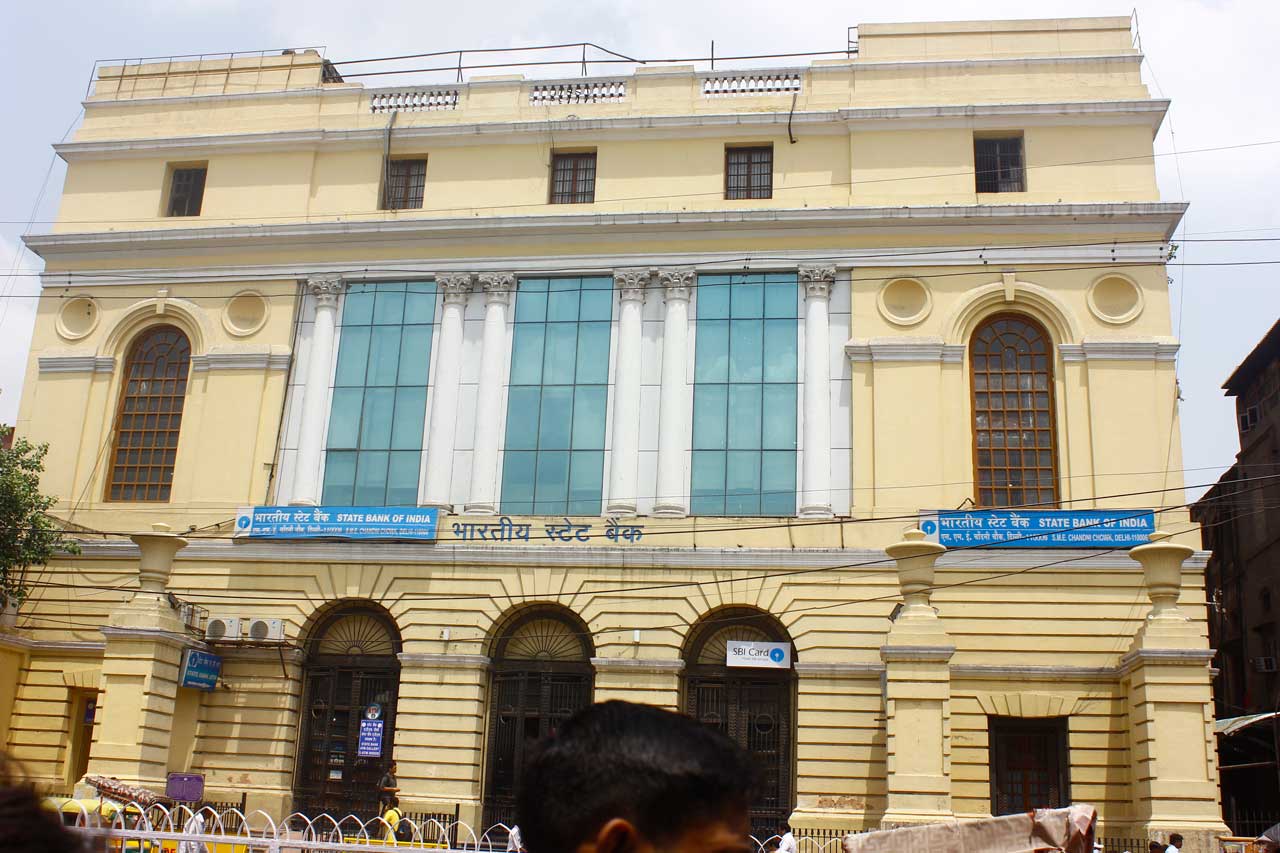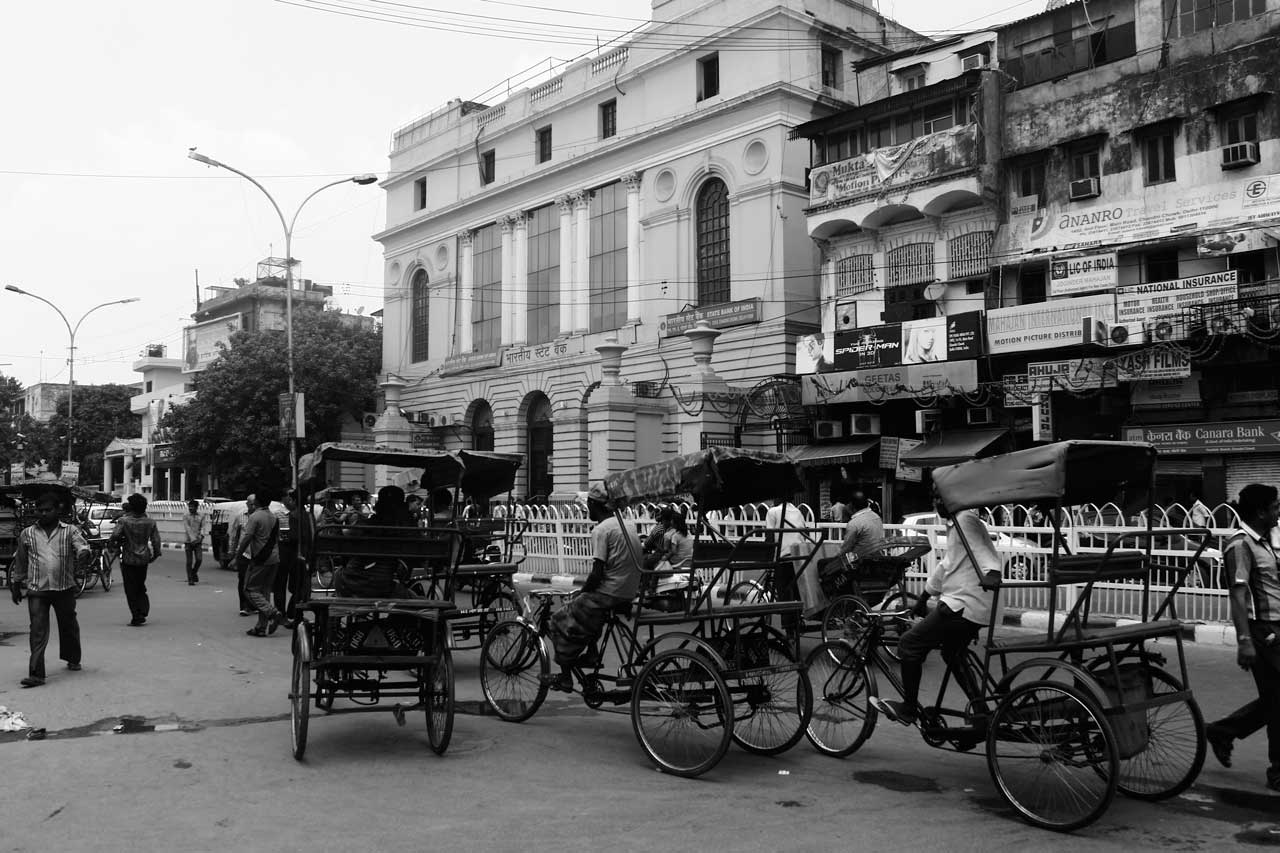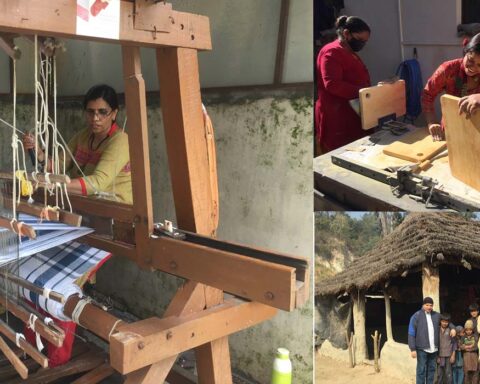“Control over the commanding heights of the economy is necessary, particularly in a poor country where it is extremely difficult to mobilise adequate resources for development…,” said Prime Minister Indira Gandhi in a radio broadcast in August 1969. This was a month after her decision to nationalise 14 top private banks, which controlled more than 80 per cent of the nation’s deposits. Foreign banks were spared, perhaps out of fear of an international backlash.

The ostensible reason was to ‘serve the needs of development’. But as history shows us, it was a cynical ploy to thwart the detractors inside her party, as well as the growing popularity of the opposition parties, including the Swatantra Party, which espoused the cause of economic freedom and was the only party to do so after independence.As later events showed, Indira was, by then, in conformity with the Left cause, having become an enthusiastic follower of the Soviet Union whose agents had inveigled themselves into the governing structure in India. As intelligence records show, the superpower financed several ministers in her cabinet.

Nationalisation of the coal industry and insurance followed in quick succession, although State Bank of India and Life Insurance Corporation were formed earlier. Thus started decades of financial wonderland in which the country was thrust, as the economy grew in fits and starts, and banking became synonymous with corruption, cronyism, non-performing assets and a pathetic lack of service.
Many see the growth of bank branches and increase in credit to agriculture as the beneficial outcomes of nationalisation. But the truth is that when the government owned the money of the banks, there were no gatekeepers. Banking officials gave loans to those favoured by politicians, with little collateral and oversight. Such bad loans became a collective burden on the nation, calling for huge infusion of capital to keep the state-owned banks going.
Certainly there were problems with banking before nationalisation. There were over 300 banks in the early sixties, which were later reduced to less than 100. Lending was skewed towards directors, and there was little ability in the RBI to oversee the sector. The Centre was constantly pushing for more credit to the agriculture sector, for which the cooperative banking system was set up. But it was not a malady which needed the operation to succeed and the patient to die.
Deputy Prime Minister and Finance Minister Morarji Desai were in favour of social control, not nationalisation. He brought about changes to bring the sector to heel. But his voice, along with the protests by the chairmen of the private banks, who contended that there were no practical or moral reasons for the takeover, was lost in the heady brew of socialism-on-the-march. The latter ideology attracted some of the brightest minds among Indira’s advisers, including I.G. Patel, Chief Economic Adviser, L.K. Jha, Governor of RBI, and P.N. Haksar, Principal Secretary to the PM.
They forged the Banking Companies (Acquisition and Transfer of Undertakings) Act, 1969 in the cauldron of their ideologies in just 24 hours. The next year, the Supreme Court struck down this law, which was then brought back through an ordinance with retrospective effect and was passed by Parliament on February 14, 1970. Desai resigned earlier after Indira made it clear on July 12, 1969, that nationalisation was the way forward for India.

On the socialist horizon, the Soviet Union had taken over the levers of the economy, brutally controlling the lives and freedom of its citizens. To a young leader like Indira, who was impressed by the sanitised view presented to her during her Soviet visit in 1953, it was a nation and notion worth emulating. Under-the-table financing by the Soviet Union lubricated the way.
During Indira’s rule, the Soviet Union had huge influence on India’s policies. KGB’s presence in the country was the largest outside the Soviet bloc. Indira secured Left support
In the book, The World Was Going Our Way, journalist Christopher Andrew and intelligence officer Vasili Mitrokhin, draw analyses and insights from the latter’s trove of thousands of documents smuggled out of the Soviet Union. The latter copied them over a decade as an archivist at KGB. The authors show how deep the Soviet influence was on Indira and her cabinet. By early 1970s, the KGB’s “presence in India became one of the largest in the world outside the Soviet bloc”, they write. The KGB, in the view of its head of counterintelligence directorate, was more successful than the CIA, partly because of its skill in exploiting “corruption which became endemic under Indira Gandhi’s regime”. Suitcases full of banknotes, they said, were “routinely taken” to crucial residences.
During 1969, the authors note, Indira set out to secure Left-wing support against the opposition in her party called the Syndicate. Bank nationalisation and Desai’s exit, coupled with Moscow’s support, implied CPI (Communist Party of India) support to Indira. Haksar, a committed leftist, set out to turn the civil service into an ‘ideologically-committed’ bureaucracy. “His was the hand that guided Mrs Gandhi through her turn to the Left, the nationalisation of the banks and the split in the Congress Party,” the two authors note in their book.
Ironically, K. Kamraj, the head of Syndicate, called the state takeover as a “sell-out” to Americans. “Prime Minister Indira Gandhi,” he said, “needed a serious instrument to reposition herself as a radical reformer and she used nationalisation of banks to signal the change.” Soon after, the former communist, Mohan Kumaramangalam, was made the minister of mines and he immediately got down to nationalising the coal industry. An all-encompassing licence-permit regime fettered the economy further. This was the time when the marginal rate of income tax was raised to 97.5 per cent, leading to an immoral, disgraceful and confiscatory tax regime.
Thus forged in dubious circumstances with questionable motives, bank nationalisation became the problem child with executive positions filled by politically-favoured men whose willingness to dole out money to manipulators and cheats was a logical outcome of the socialist experiment. In an extraordinary cynical move, the government passed a law protecting banks from revealing bad assets.
Banking stumbled on in India, and six more banks were nationalised in 1980, including the Punjab & Sind Bank, Andhra Bank, Corporation Bank, New Bank of India, Oriental Bank of Commerce and Vijaya Bank. The Government of India controlled over 90 per cent of the banking business. By its sheer spread and size, the public sector banks made an impact because the citizens were dependent on them and did not know any better. Service continued to be poor and long queues were a daily feature. Outstation cheques took a fortnight or more to encash. Foreign banks, limited to the large cities, had marginal impact.

The 1990s saw the country with its back to the wall. The commanding heights of the economy came crashing down. The licence-permit Raj took its toll. The government outspent its resources and there was no room for resilience. During the earlier decade, foreign borrowings increased to unsustainable levels, taking the fiscal deficit of the central and state governments to over 12 per cent of GDP. Public debt doubled and foreign reserves saw a sharp drawdown. Decades of mismanagement by the politicians at the helm had finally come home to roost.
International fuel prices shot up when Iraq invaded Kuwait. For a country almost totally dependent on imported crude, this added to the exacerbated situation. The rupee saw a sharp depreciation, international agencies lowered India’s bond ratings and the World Bank and IMF stopped assistance. Frantic alarm bells rang at the Centre when, in early June 1991, foreign reserves touched a debilitating low of three weeks of imports. The lame-duck Chandra Shekhar government authorised airlifting of 47 tonnes of gold to the Bank of England and 20 tonnes to Union Bank of Switzerland to keep the nation’s financial head above water.
A desperate incoming government, led by Narasimha Rao and aided by Manmohan Singh, decided to take a gamble no politician had ever had the courage to take. They dismantled the licence-permit regime, opened the doors to foreign investment, streamlined the industrial policy, deregulated the markets and reduced taxes. This signalled that India was ready to undertake structural changes.
One fallout for the banking sector was that the private players were allowed to set up operations. IndusInd Bank, UTI Bank (Yes Bank), ICICI Bank and HDFC Bank soon ushered in efficient systems and replaced poor service with swanky offices and customer-oriented policies. Later, more private banks were allowed, and the number went up to 21. Suddenly, Indians found that they no longer had to stand in queues. Foreign banks stepped in. The changes were uneven, though. The government was afraid to take on the trade unions or reduce agricultural subsidies. But the moribund economy started to move and the impact of liberalisation saw a peak level of GDP growth at 9.6 per cent in 2006.
In this century, technology defeated ideology. Banks became efficient, real-time transfers became common, and customers had no reason to physically visit branches
The RBI had kept a tight control over lending practices. Banks were required to direct one-third of their advances to the priority sectors. By the early eighties this increased to 40 per cent. In turn, the Centre exercised substantial control over RBI, although there have been erudite commentators who advocated autonomy. Yet politicians are reluctant to let go of this milch cow.
Despite the reforms in banking, by the mid-2000s, the public sector held 80 per cent of the business. But the private sector was showing greater resilience in lending and profits, while the public sector continued to be hobbled by corruption. The other side of state-owned banks was under-lending, as public officials were reluctant to take decisions due to fears of vigilance inquiries. In all, 21 banks had failed between1969 and 2000, either being liquidated or merged.
Overall, the private sector banks did well. According to a 2004 study by Shawn Cole and left-leaning economists (later-to-be Nobel laureates) Abhijit Banerjee and Esther Dufflo, “public sector banks have been less aggressive than private banks in lending, in attracting deposits and in setting up branches”.
The second decade of the new century saw the technology marvel. Private sector banks adopted digital banking faster than the public sector ones, obviating the need for customers to visit the banks. Real-time transfers are a boon still to be appreciated. Technology was eventually defeating ideology.
The Narendra Modi government’s performance has not been much to write home about, although its efforts on bankruptcy code and GST have been noted with acclaim. The government’s problem is that it frowns upon independent thinkers. It eased out one of the brightest economists and banking reformers India had seen – Raghuram Rajan – from the RBI, when he opposed the largely mistaken policy of demonetising Rs 500 and Rs 1,000 notes.
Finance Minister Nirmala Sitharaman chose in 2019 to merge 10 public sector banks, rather than opt to announce a substantial policy of privatisation. It’s only this year that talk of privatisation has been hitting the airwaves. But the talk is neither detailed nor serious enough to attract widespread attention among experts.
There is of course no move to let loose the reins on the RBI – a finance ministry bureaucrat was selected to head the apex bank. This helped the government to garner RBI dividends from time to time to cover the gap in its coffers. This was true of earlier regimes too.
Until such time as this government finds the courage to back the right policies, and implement them, the next round of substantial reforms in banking would have to wait.
The author is an NCR-based freelance journalist


























